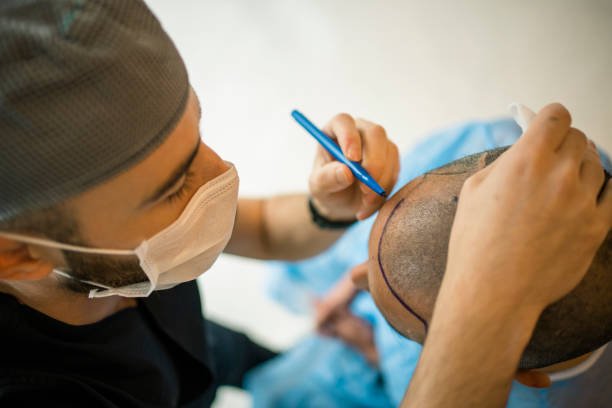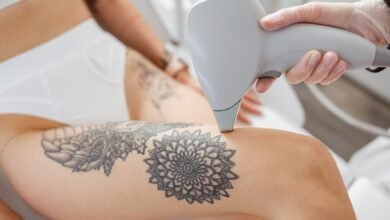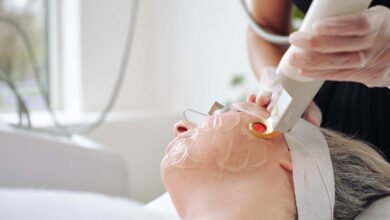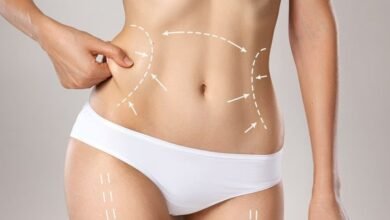
In recent years, technology has revolutionized many fields, and hair transplantation is no exception. In Riyadh, where the pursuit of aesthetic perfection is increasingly prevalent, technological advancements are dramatically transforming how hair transplants are performed. This article explores how cutting-edge technology is reshaping the landscape of Hair Transplant in Riyadh, from innovative techniques to enhanced patient care.
The Evolution of Hair Transplant Technology
Precision with Robotic Assistance
One of the most significant advancements in hair transplant technology is the introduction of robotic systems. The ARTAS Robotic System, for example, has made a profound impact on the precision and efficiency of hair transplants in Riyadh. This system uses advanced imaging and artificial intelligence to identify and extract hair follicles with unparalleled accuracy. The result is a more natural-looking hairline and minimized risk of damage to surrounding follicles.
Robotic systems also enhance the overall patient experience. By reducing the manual labor involved in follicle extraction, the procedure becomes less invasive and more comfortable. For patients undergoing hair transplant in Riyadh, this means faster recovery times and fewer complications.
FUE and FUT Techniques: A Technological Comparison
Two popular methods in hair transplant technology are Follicular Unit Extraction (FUE) and Follicular Unit Transplantation (FUT). Both techniques have seen substantial improvements due to technological advancements.
Follicular Unit Extraction (FUE): This technique involves extracting individual hair follicles from a donor area and transplanting them to the thinning or balding areas. Modern FUE systems utilize advanced punch tools that create smaller, more precise incisions, leading to reduced scarring and quicker healing. The introduction of motorized FUE devices further enhances efficiency, making it a preferred choice for many patients seeking hair transplant in Riyadh.
Follicular Unit Transplantation (FUT): FUT, also known as strip harvesting, involves removing a strip of scalp from the donor area and dissecting it into individual follicular units for transplantation. Technological innovations have improved the precision of this technique, resulting in finer grafts and less noticeable scarring. Additionally, advancements in suturing techniques have made FUT a viable option for those who prefer a more traditional approach to hair transplant in Riyadh.
Advanced Imaging and Planning
Accurate planning is crucial for a successful hair transplant. Advanced imaging technologies, such as 3D scalp mapping and digital simulations, have become integral in the planning stages of hair transplants in Riyadh. These tools allow surgeons to visualize the final outcome and make precise adjustments to the hairline design.
3D scalp mapping provides detailed information about the scalp’s anatomy, including hair density and follicle orientation. This data is essential for creating a natural-looking hairline that complements the patient’s facial features. Digital simulations offer patients a preview of their potential results, helping them make informed decisions about their hair transplant in Riyadh.
Enhanced Patient Care and Experience
Minimally Invasive Procedures
Technological advancements have led to the development of minimally invasive hair transplant techniques. These procedures involve smaller incisions, reduced trauma to the scalp, and faster recovery times. For patients opting for a hair transplant in Riyadh, this means a more comfortable experience with less downtime.
Techniques such as micro-needling and low-level laser therapy are also gaining popularity. Micro-needling stimulates hair growth by creating tiny punctures in the scalp, which enhances blood circulation and nutrient delivery to the hair follicles. Low-level laser therapy uses lasers to promote hair growth and improve follicle health. Both methods can be used in conjunction with traditional hair transplant techniques to enhance overall results.
Virtual Consultations and Follow-Up
The rise of telemedicine has revolutionized patient care in the field of hair transplantation. Virtual consultations allow patients to discuss their concerns and treatment options with experts without needing to visit the clinic in person. This convenience is particularly beneficial for those seeking a hair transplant in Riyadh who may be traveling from other parts of Saudi Arabia or abroad.
Follow-up care is also streamlined through technology. Many clinics offer online platforms for post-operative check-ins, allowing patients to receive guidance and support remotely. This approach not only improves patient satisfaction but also ensures that any potential issues are addressed promptly.
The Future of Hair Transplants in Riyadh
As technology continues to advance, the future of hair transplants in Riyadh looks promising. Emerging trends such as gene therapy and stem cell research hold the potential to revolutionize hair restoration. These cutting-edge techniques aim to address the root causes of hair loss and offer long-term solutions for patients.
Gene Therapy: This innovative approach involves modifying genes to stimulate hair growth or prevent hair loss. While still in the experimental stages, gene therapy has shown promising results in preliminary studies. If successful, it could become a game-changer in the field of hair transplant in Riyadh.
Stem Cell Research: Stem cell therapy involves using stem cells to regenerate hair follicles and promote new hair growth. Researchers are exploring various methods to harness the regenerative properties of stem cells, which could lead to groundbreaking treatments for hair loss in the future.
Conclusion
Technology has undeniably transformed the field of hair transplantation in Riyadh. From robotic assistance and advanced imaging to minimally invasive procedures and virtual consultations, these innovations are enhancing the precision, efficiency, and overall patient experience. As technology continues to evolve, the future of hair transplants in Riyadh promises even more exciting advancements. For those considering a hair transplant, embracing these technological advancements can lead to better outcomes and a more satisfying journey to restored hair.



